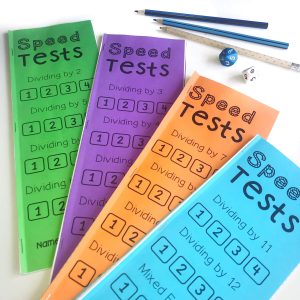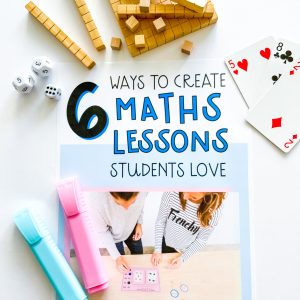Managing math groups in your classroom can be a game-changer for personalised learning and targeted instruction. But how do you set up and maintain runnning effective maths groups? Here are 10 practical strategies for teachers.
“One of the best parts of maths groups is you get to meet with your students in a small group setting and really cater for their learning needs.” Alisha – Rainbow Sky Creations
Maths groups are what changed our classrooms for the better, and we want that for you too. Let’s break it down and explore some practical strategies and tips to help you streamline the process and set you and your students up for Maths Group success:
Practical Strategies For Teachers to Organise Your Math Groups
1. Maintain a List of Group Members
Keeping track of who is in each math group is crucial. Create a system that works for you and your students. Here’s how:
- Laminated Charts: Consider making a laminated chart with each student’s name. This way, you can easily move students between groups as needed.
- Digital Option:If you prefer a digital approach, use your Interactive Whiteboard (IWB). Create slides with group names and student names. You can copy and paste these slides from week to week, making adjustments as necessary.
2. Simple Group Naming
Don’t overcomplicate group names. Simple names work best. Consider using shapes, colours, or numbers to keep things clear and easy to remember.
3. Keep Group Sizes Manageable
It’s essential to ensure that group sizes are manageable, especially in smaller classes. Try to limit each group to 8 students or fewer. Smaller groups allow for more personalised attention and focused instruction.
4. Flexibility is Key
Remember that groups don’t always need to be perfectly even. Depending on your students’ needs, you might have groups of varying sizes. Flexibility is key to effective math group management.
We like to let students know at the beginning of the year that no group is set in stone, they may swap and switch according to their learning needs or topic.
5. Determining the Number of Groups
The number of groups you create depends on your class size and your goals. Generally, having 4 to 5 groups is a good number, allowing you to meet with every student within a week. This ensures that each student receives the attention they need to excel in math.
Running Effective Math Group Sessions
Once your groups are organised, it’s essential to run effective math group sessions. Here are some practical tips for doing just that:
1. Set Clear Objectives
Before each session, establish clear learning objectives for each group. What do you want your students to achieve during their time in the math group? Having a well-defined goal helps keep the session focused and productive.
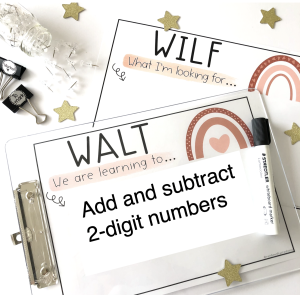
2. Rotate Group Roles
Assign rotating roles within each group, such as a timekeeper, a note-taker, and a group leader. This encourages student engagement and responsibility, ensuring that everyone actively participates.
3. Differentiated Instruction
Tailor your instruction to meet the diverse needs of each group. Provide challenging tasks for advanced students, extra support for struggling learners, and targeted practice for those in between.
4. Make it hands-on
Include a variety of hands-on activities and tasks for students while they aren’t working with you. Kids learn through play and we want Maths to be a fun and engaging time in the day for them. We like to have a stash of fluency games that students love on constant rotation.
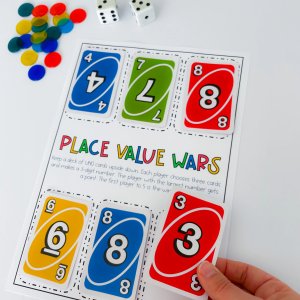
5. Regularly Assess Progress
Keep track of each student’s progress within their maths group. Periodically assess their understanding and adjust your instruction accordingly. This data-driven approach ensures that no student falls behind.
Running maths groups in your classroom doesn’t have to be complicated. With a well-organised system and thoughtful strategies, you can create a dynamic learning environment that caters to each student’s unique needs.
Before you head off get your hands on our FREEBIE: 6 ways to create maths lessons students love!
What to read next:
10 Reasons why we LOVE Maths Groups
Top tips to teach Number Sense well
6 Strategies to plan Maths lessons that students LOVE
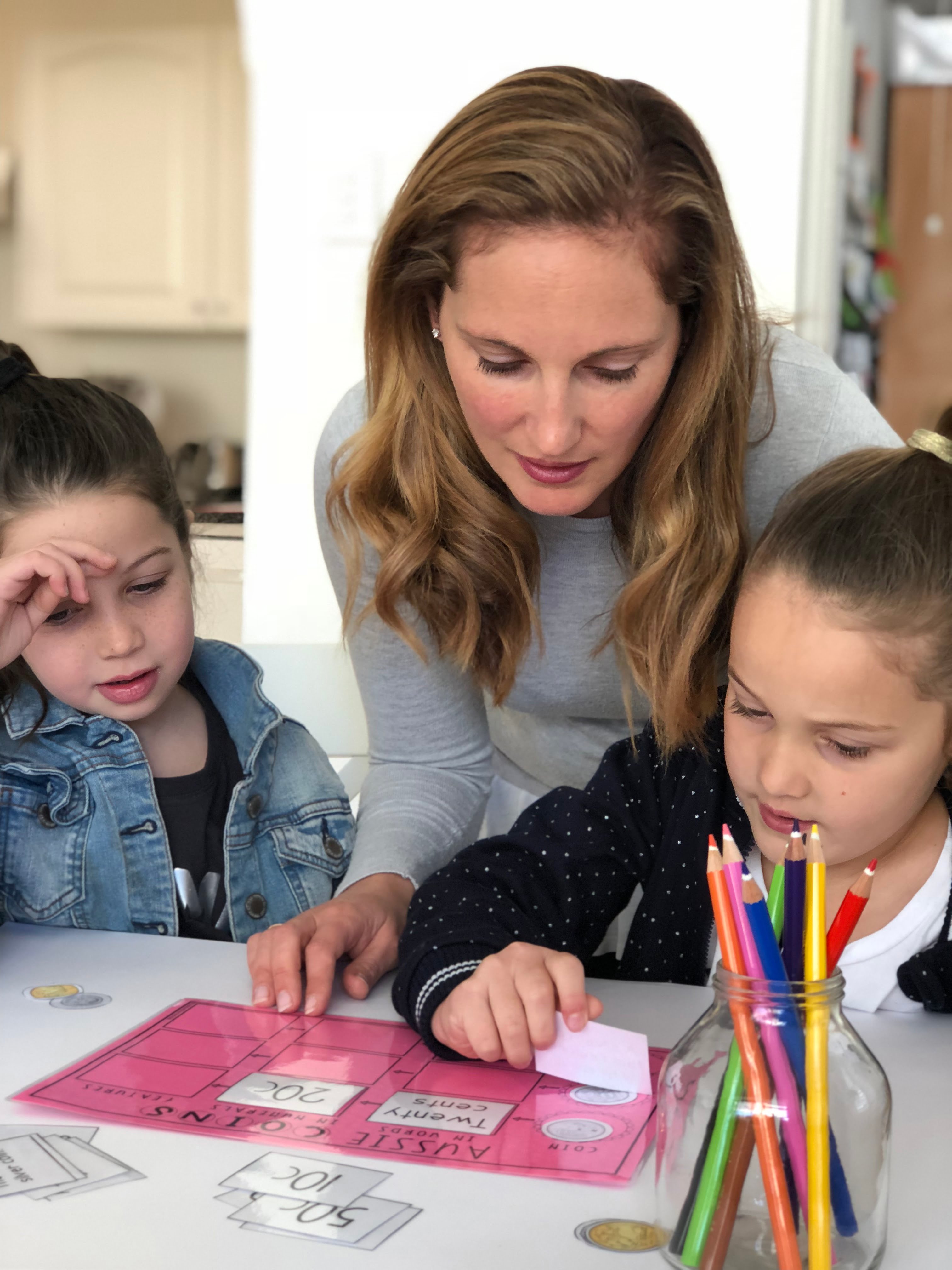
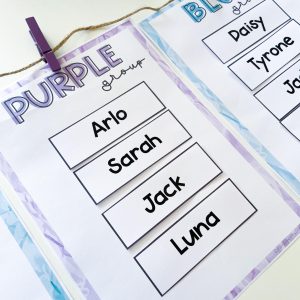
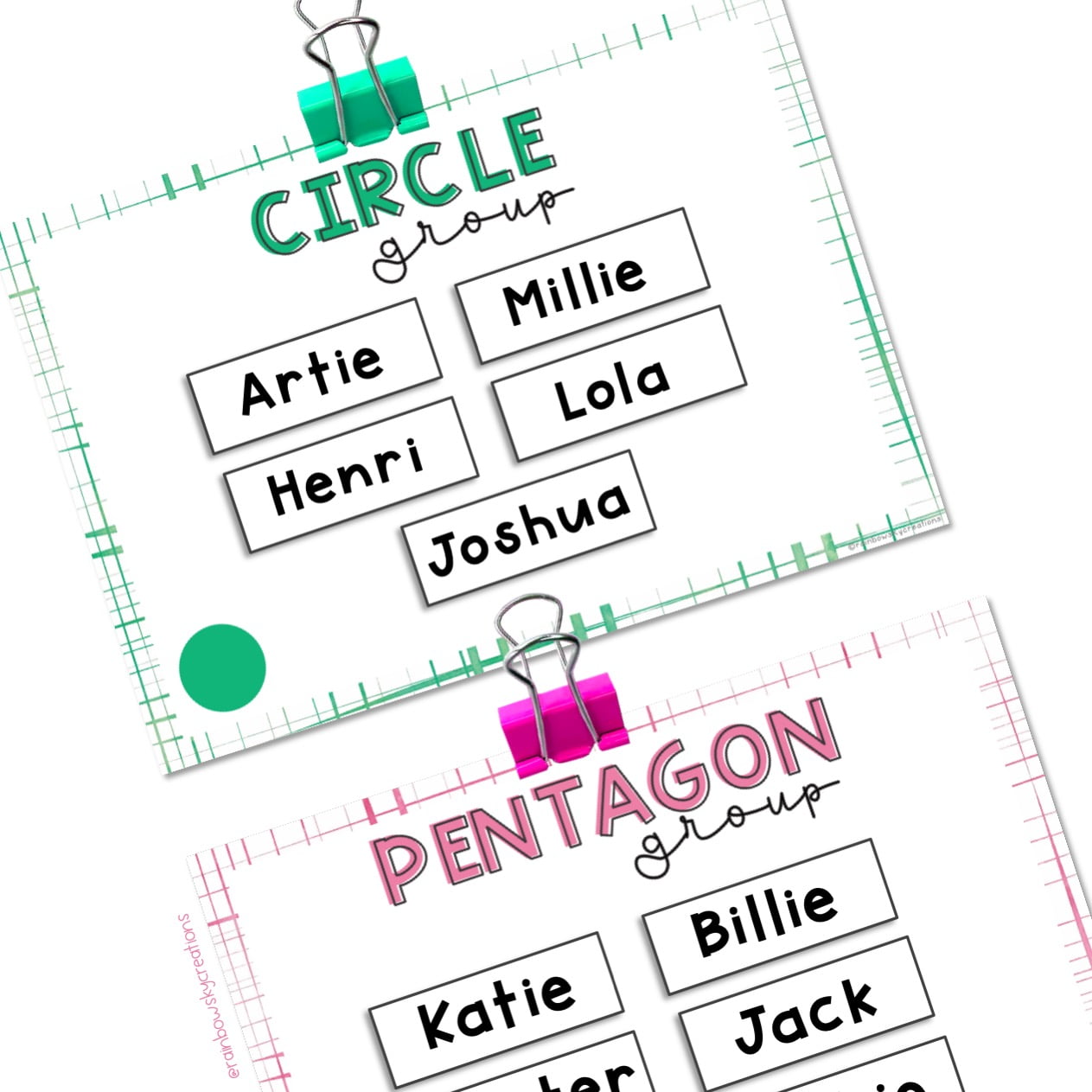
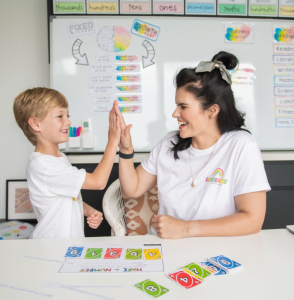
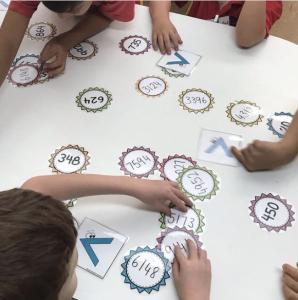 View activity here.
View activity here. 

